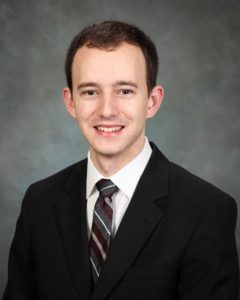The webinar titled “Auto-Layout Techniques for Displaying Large-Scale, Geographically-Embedded Power System Data” will be presented by Dr. Adam B. Birchfield (Assistant Professor, Department of Electrical and Computer Engineering, Texas A&M University) on zoom at 2 P.M. CST on January 19, 2022.
by Dr. Adam B. Birchfield (Assistant Professor, Department of Electrical and Computer Engineering, Texas A&M University) on zoom at 2 P.M. CST on January 19, 2022.
Abstract
In power engineering, good system visualization provides insight for analysis and design, supplementing numerical data with a graphical context. This presentation will explain a couple of new techniques in this area. The first technique is a line-routing algorithm to automatically draw large-scale single-line diagrams with transmission lines routed in a way that is visually clear and logically accurate. The second is a method to show geographically-embedded, discrete datasets with non-overlapping rectangular tiles in what is known as a mosaic display. These techniques are both computationally efficient and scalable to any large-scale electric grid model. In this presentation, the process, performance, and applicability of each will be discussed, with examples given for a number of real and synthetic transmission grids.
Biography
Adam B. Birchfield is an Assistant Professor in the Department of Electrical and Computer Engineering. Prior to this, he was a research engineer at the Electric Power Research Institute (EPRI). He received the B.E.E. degree from Auburn University in 2014, M.S. in electrical and computer engineering from the University of Illinois at Urbana-Champaign in 2016, and Ph.D. in electrical engineering from Texas A&M University in 2018. Dr. Birchfield’s research is in power system modeling, large system transient dynamics, applications of synthetic power grid data sets, and the resilience of power systems to high-impact, low-frequency events.
